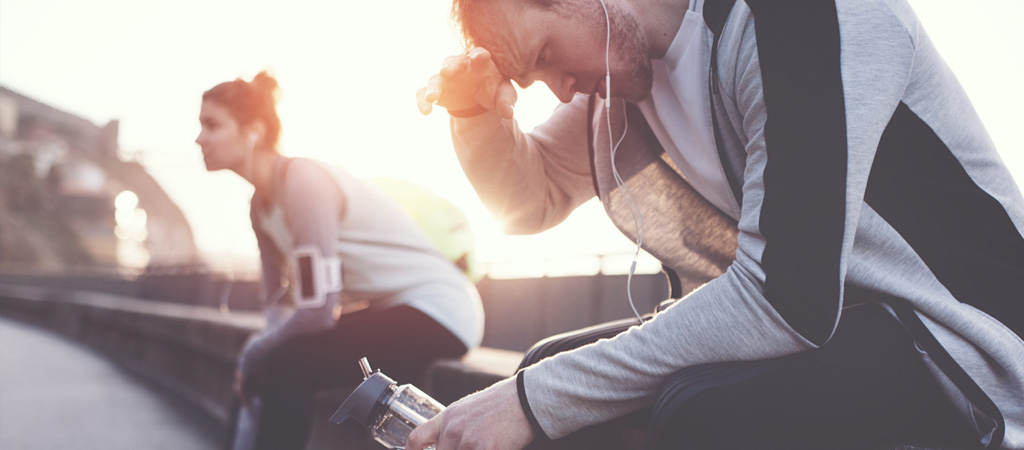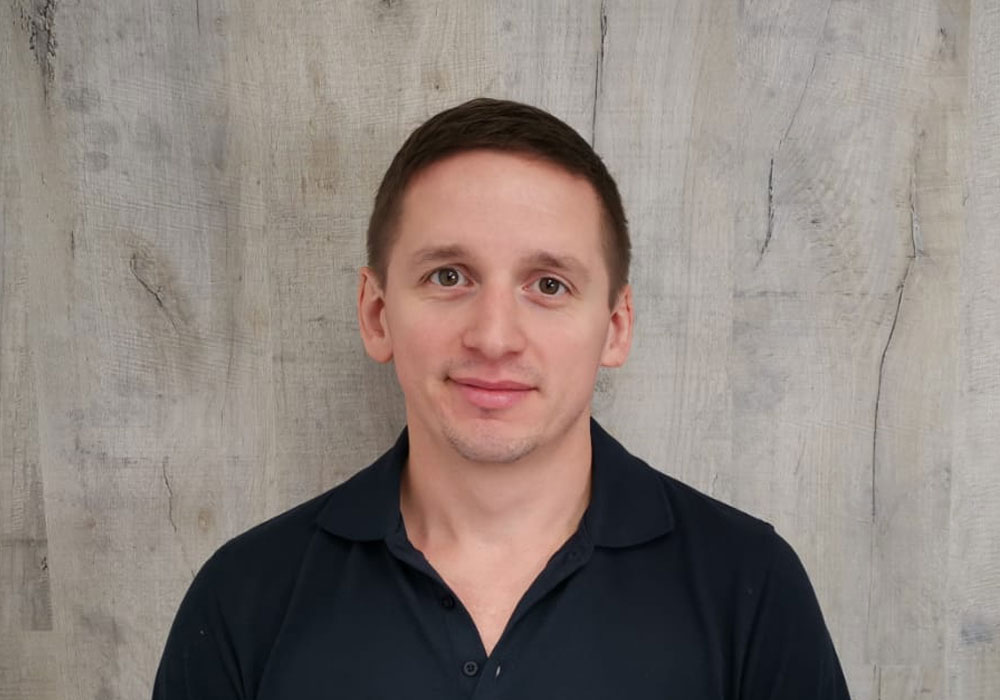Let’s face it, we all push things too far sometimes, and at 8 th Element we know a thing or two about movement. Which is where our expert sports massage therapy can help!
We feel massage is essential in promoting and improving muscle recovery, flexibility, muscular activation, physical fitness and mental awareness; in turn helping to reduce rehabilitation times and alleviating physical and mental stress levels, promoting excellent performance, health and well being.
Our expert therapists individually tailor each treatment, in order to help you release tension, relieve pain improve imbalances and firing patterns through mobilising soft tissues in order to improve performance and help prevent injury.
It doesn’t stop there, our specialist Sports massage can also help restore
musculoskeletal imbalances, assisting in rehabilitation provided by Sports therapists, Physiotherapists, Osteopaths and Podiatrists.
You’ll help speed up your healing process and significantly reduce any discomfort within the muscle fascia or connective tissue by mobilising, loosening, and helping eliminate cramps, spasms, tears and bruising.
Not only that, the increased blood flow and circulation allows significant toxin removal improving the supply of your wonder healing molecule ‘OXYGEN’, improving nutrient supply to the soft tissues. All-in-all assisting muscular Range of movement, muscle recruitment and recovery.
Whether you are a professional athlete, a once a week jogger, or an office worker, everyone experiences physical and mental fatigue, imbalances, and muscular irregularities, stress and tension, and it is our goal to assist you in achieving and maintaining peak bodily performance and support the healing of injuries and stresses placed on you throughout daily life and training.





